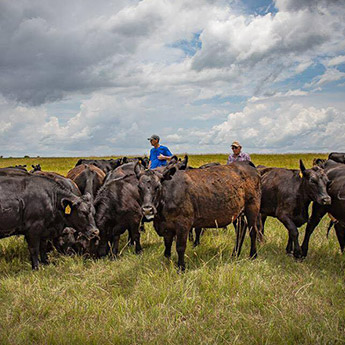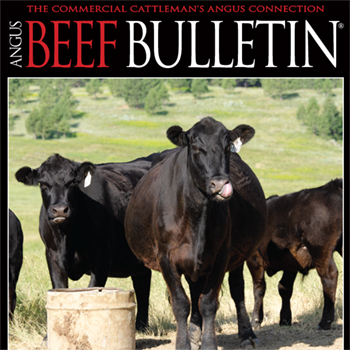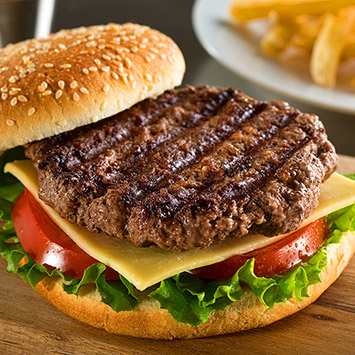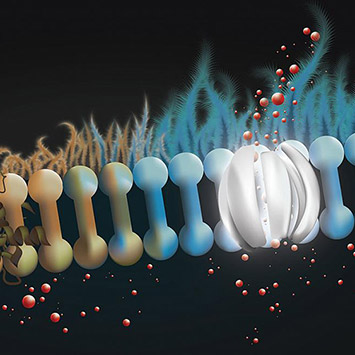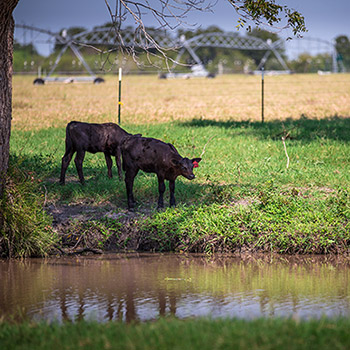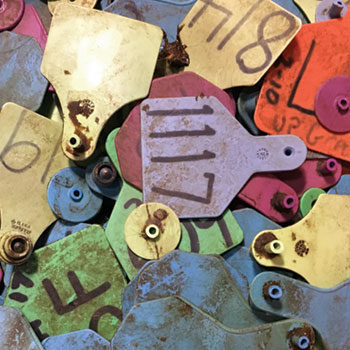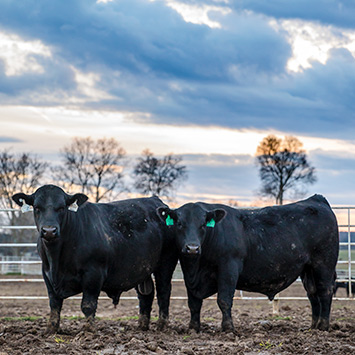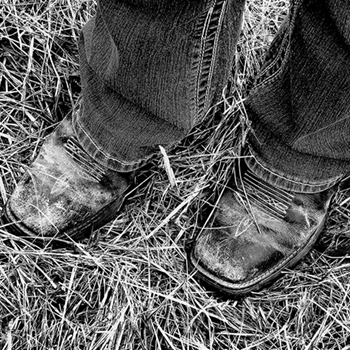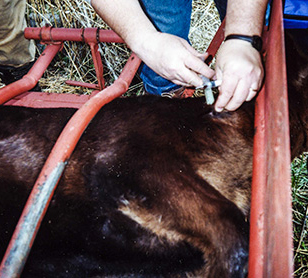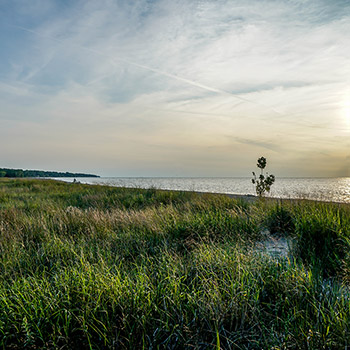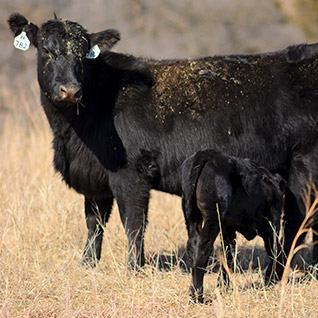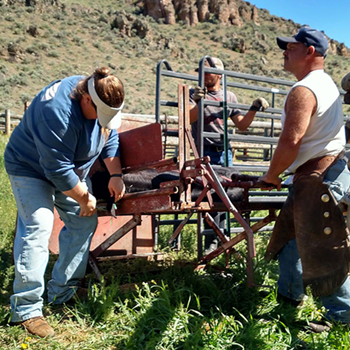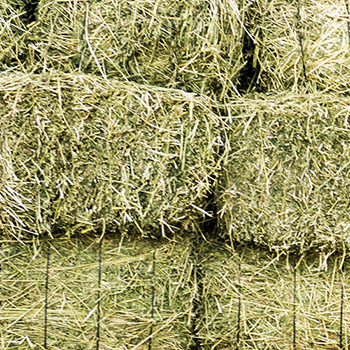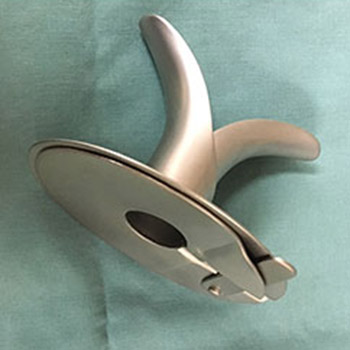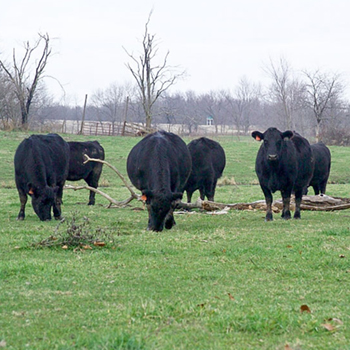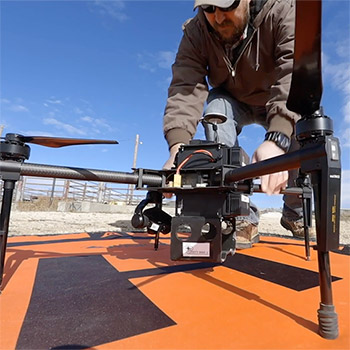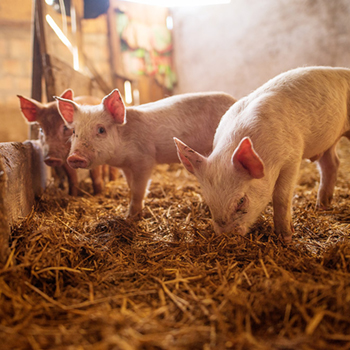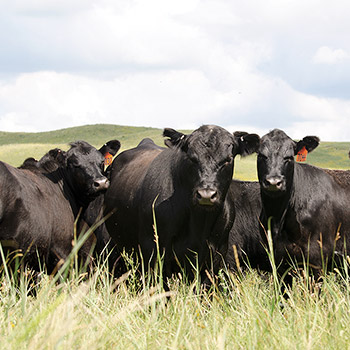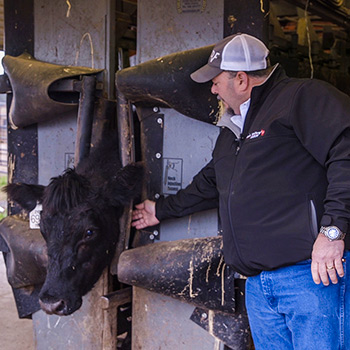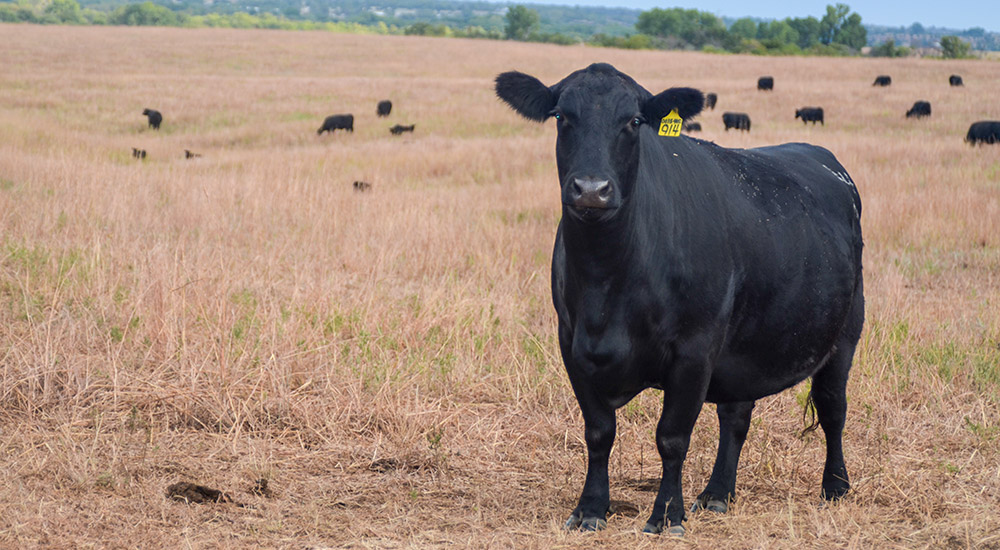
Staying Sound
Research by Kansas State University suggests selecting for feet and leg traits is linked to how long cattle stay in the herd.
by Shelby Mettlen
Composition of feet and legs in cattle could be closely linked with longevity and stayability in the cow herd, Jennifer Bormann told her audience at the Kansas State University’s (K-State) 106th annual Cattlemen’s Day in Manhattan, Kan., March 1. Bormann, professor of animal sciences and industry, spoke on research conducted by Bob Weaber, extension professor; former graduate students Lane Giess and Brady Jensen; and Bormann.
“Perhaps we’ve selected for other traits — growth, carcass and others — and ignored some of our functional traits in some cases,” she said.
Poor structure, causing lameness, is not just a production issue, she warns, it’s an animal welfare and stewardship concern, as well.
“Lame cows are just not good for anybody, with perception included. Maybe what we think about the most with structure and soundness is how it relates to longevity,” she said. “Culling cows for soundness issues is bad for the bottom line.”
Because it takes an average of six years for a cow to pay for herself in the herd, and because older cows tend to breed back more easily and produce calves that achieve heavier weaning weights, keeping cows in the herd for as long as possible can make or break your bottom line.
Beefing up the data
Bormann noted the dairy industry is further along in evaluating cattle for structure traits, but the beef industry is catching up quickly. Starting two decades ago, the American Simmental Association (ASA) gathered more than 13,000 records looking at just two traits: rear leg from the side and foot or pastern angle. Their research found a 20% heritability for those traits. A study in Italy found that post- or straight-legged cattle were 60% more likely to be culled. The Australian Angus Association gathered about 7,000 records in 2012, finding moderate (20%-30%) heritability across six feet and leg traits.
Most recently, the American Angus Association® has embarked on development of a research expected progeny difference (EPD) focusing exclusively on foot angle and claw shape. This research has revealed low to moderate heritabilities of about 0.25 and 0.22.
Working with Angus producers and college judging teams, the Association continues to progress with the foot-scoring research EPD. Learn more about the Association’s foot scoring guidelines at https://www.angus.org/performance/footscore/footscoreposter.pdf.
Working together
K-State has partnered in research on structure traits with the Red Angus Association of America (RAAA) and ASA since 2015, Bormann said. Working with then-graduate-students Giess and Jensen, Weaber and Bormann scored about 1,800 Red Angus cattle on 14 traits with a zero to 100 scale. Overall, Bormann reported the study results align with the previous literature, suggesting low to moderate heritability for structure traits.
“What this heritability tells us is that we can make progress,” she said. “We can select for these traits and change our populations. Because they’re relatively lowly heritable, it’s not going to be incredibly fast, but we can certainly improve our population with these traits. That’s good news.”
K-State’s research determined that, as Bormann said, “Angus had the right idea,” — rather than scoring each foot separately, give the animal one score based on all four feet. Separate correlations between feet and leg traits came out between 0.75 and 0.95, indicating the traits are closely linked; nearly the same traits. If an animal has a foot that appears worse than the others, score based on that foot.
Other findings
K-State’s study found moderate to high correlation between foot score and body condition score. Thinner cattle tended to have divergent claws and smaller hooves; more fleshy cattle tended to have scissor-clawed and larger hooves.
The research found a more sloping hoof and lower heel to be slightly associated with lower performance data, Bormann pointed out. Those include lower birth weight, lower weaning weight and lower yearling weight. In contrast, the same set was associated with slightly higher maternal calving ease and slightly higher metabolizable energy.
More calf-kneed animals tended to have calves with higher weaning and yearling weights, and higher stayability in the RAAA’s HerdBuilder and GridMaster indices.
Lower metabolizable energy seemed to be associated with upright, taller hooves and more calf-kneed and splay-footed animals, Bormann said. Animals with rear scissor claw were associated with lower stayability and lower HerdBuilder indices.
Selecting for stayability
“Heritabilities for these traits are not high, but we can make change,” Bormann said. “If you want to change your population with these traits, you can do it. You can select and make change.”
The main focus in the study is longevity, she said. “Even in this small data set, we are seeing some relationships between these feet and leg traits and stayability. The thing about stayability is that it’s difficult to select for that until they’re older.”
Through more research, Bormann and her colleagues hope to determine solid predictors of stayability and longevity in yearling cattle in order to make selections earlier in the animals’ lives.
Editor’s note: Formerly an assistant editor at Angus Media, Shelby Mettlen is a freelance writer from Lucas, Kan. Photos by Shauna Hermel.
